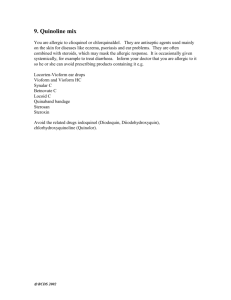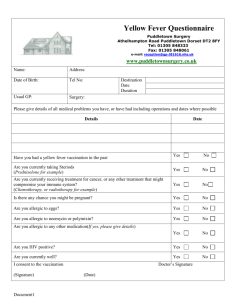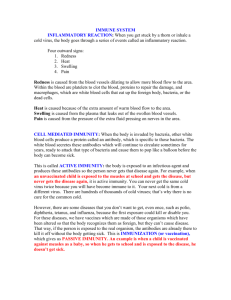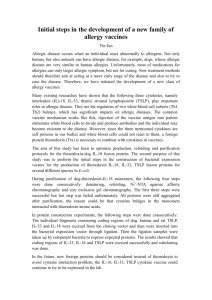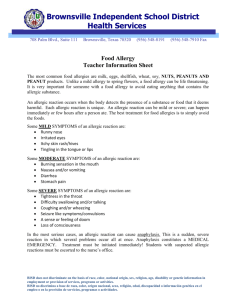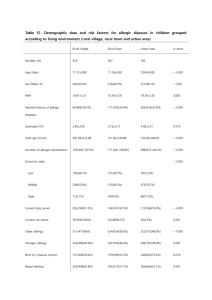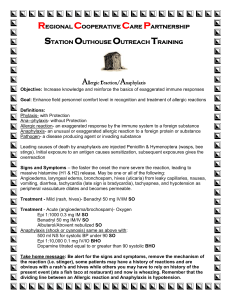Allergic Inflammation
advertisement
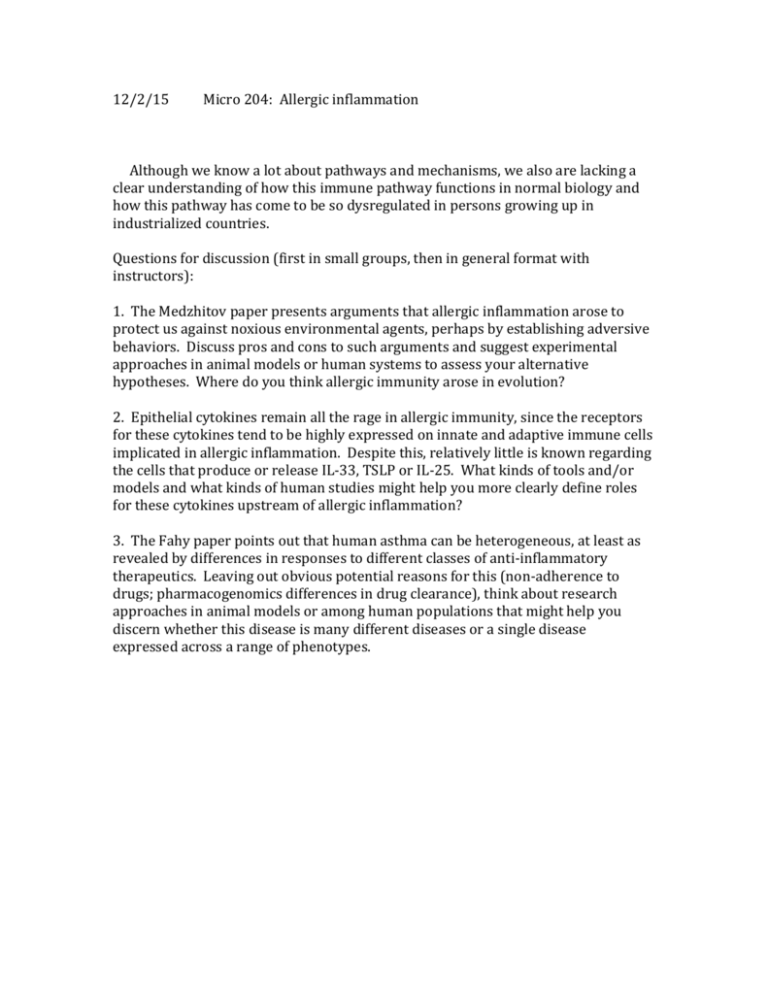
12/2/15 Micro 204: Allergic inflammation Although we know a lot about pathways and mechanisms, we also are lacking a clear understanding of how this immune pathway functions in normal biology and how this pathway has come to be so dysregulated in persons growing up in industrialized countries. Questions for discussion (first in small groups, then in general format with instructors): 1. The Medzhitov paper presents arguments that allergic inflammation arose to protect us against noxious environmental agents, perhaps by establishing adversive behaviors. Discuss pros and cons to such arguments and suggest experimental approaches in animal models or human systems to assess your alternative hypotheses. Where do you think allergic immunity arose in evolution? 2. Epithelial cytokines remain all the rage in allergic immunity, since the receptors for these cytokines tend to be highly expressed on innate and adaptive immune cells implicated in allergic inflammation. Despite this, relatively little is known regarding the cells that produce or release IL-33, TSLP or IL-25. What kinds of tools and/or models and what kinds of human studies might help you more clearly define roles for these cytokines upstream of allergic inflammation? 3. The Fahy paper points out that human asthma can be heterogeneous, at least as revealed by differences in responses to different classes of anti-inflammatory therapeutics. Leaving out obvious potential reasons for this (non-adherence to drugs; pharmacogenomics differences in drug clearance), think about research approaches in animal models or among human populations that might help you discern whether this disease is many different diseases or a single disease expressed across a range of phenotypes.
